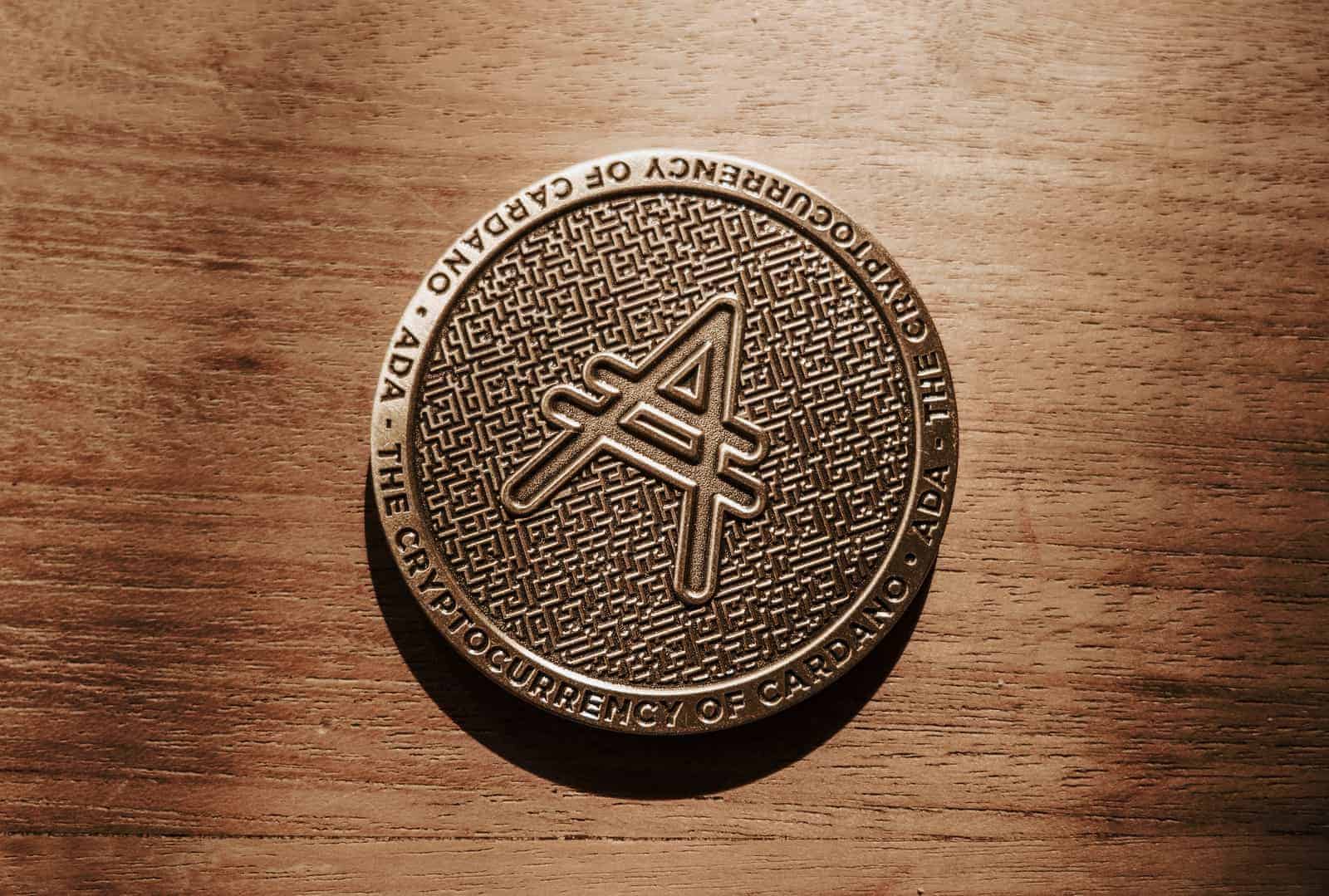
Edward Snowden Played Key Role in Zcash Privacy Coin’s Creation
Edward Snowden, the former National Security Agency (NSA) contractor-turned-privacy advocate, played a key role in the creation of Zcash, according to Zooko Wilcox, the CEO of the electric coin company.
The whistleblower, who was granted asylum in Russia in 2013 after leaking classified NSA documents, was reportedly involved in the development of the Zerocoin protocol – the technology that Zcash is built on.
In an interview with Cointelegraph, Wilcox revealed that he had been in contact with Snowden “on and off” for years and that the privacy icon had even helped to review and improve the Zerocoin protocol.
“He was very helpful in reviewing some of our cryptography and pointing out places where we could improve it,” said Wilcox.
The Zcash CEO also revealed that he had been inspired by Snowden to create a privacy-focused cryptocurrency after the NSA contractor showed him how the agency was able to spy on people using Bitcoin.
“I was inspired by Edward Snowden’s revelations to create Zcash because I realized that what he revealed meant that Bitcoin is not protected against surveillance,” said Wilcox.
The fact that the Zerocoin protocol uses specific cryptographic tricks to hide the identity of users has led some experts, including Snowden himself, to describe it as “NSA-proof.”
“I think Zcash’s technology is really interesting and could have a big impact on privacy and security,” Snowden said in an interview with Wilcox.
“I’m really excited to see what the team does with it.”
The Zcash Foundation, which was set up to help support the development of the Zcash protocol, has also received a grant from the Open Technology Fund, which is funded by the US government.
Despite this, Wilcox insists that Zcash is not a tool for criminals or terrorists.
“Zcash is not designed to enable illegal activity,” he said. “It is designed to restore confidence in electronic transactions by providing strong privacy guarantees.”
Zcash is crypto-asset focused on privacy. Zcash has two kinds of transactions: transparent and shielded. The transparent ones are visible on the public blockchain, just as regular BTC transactions are visible on the Bitcoin blockchain. The shielded transactions, however, go into “privacy pools,” which act as a sort of black holes where it is impossible to tell the transactions apart. These pools ensure that there’s no way for blockchain observers to know where the coins came from or where they go.
Edward Snowden, the famous NSA whistleblower, played a key role in the creation of Zcash. In 2016, Snowden partnered with cryptographer Ian Miers and security researcher Christina Garman to research privacy solutions for cryptocurrencies. One year later, they released a whitepaper outlining their findings, which eventually led to the development of Zcash.
Today, Zcash is rapidly gaining traction among cryptocurrency users who are looking for ways to protect their privacy online. It has already attracted millions of dollars worth of investments from well-known investors like Pantera Capital and Naval Ravikant. And many experts believe that it could one day become one of the most popular cryptocurrencies in the world. If you’re interested in learning more about this innovative new digital
There are roundabout ways we can tell that extra ZEC hasn’t been created, due to supply being audited during pool migration.
Two years after the original “Sprout” pool was set up, a new pool called “Sapling” was created, with significantly improved technology, and a ceremony that included hundreds of participants. We can tell that the coins that have migrated to the new pool do not exceed the amount of ZEC that is meant to exist.
Furthermore, the network will reject any transactions that exceed the amount of ZEC that the pool is meant to contain. Despite this assurance and the hard supply cap of 21 million units that Zcash inherited from the bitcoin codebase, it still doesn’t provide 100% proof that the ceremony succeeded.






